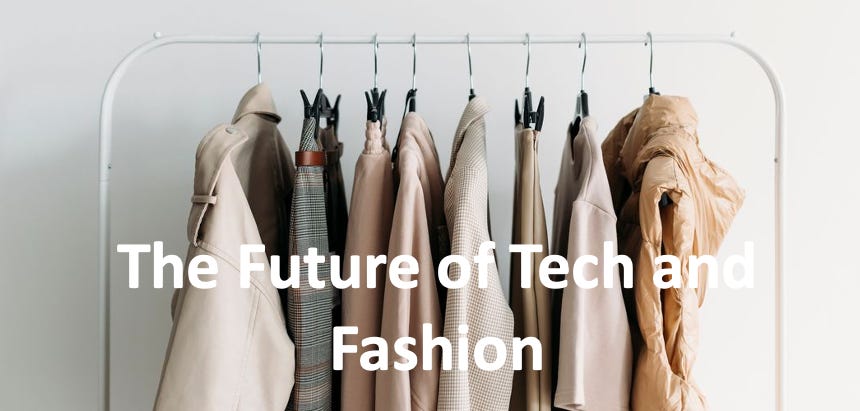What's the Future for Tech and Fashion?
a look beyond 2023
The global fashion industry is valued at a whopping $1.7 Trillion as of 2022 and for the most part has operated in the same manner for the past 20 or so years.
So where does Tech really play into the fashion space?
Here are what I believe to be the biggest areas of impact
1. Digital shift improving speed to market - While trends come and go, the entire process is relatively simple and undisrupted. Manufacture’s produce apparel and either fulfill through a distributor channel (retailer) or directly to the consumer (D2C). D2C is having a bit of a renaissance, due in part to social selling and the ability for companies to reach their audiences directly but other factors are at play here too; technology has created an environment that enables D2C without the reliance of channel partners to access customer buying habits and analytics. Overall the shift is moving control of the data back to the manufacture.
Even established brands and making the shift to favor e-commerce over in-store. According to Bain & Company by 2025 online and monobrand stores will become the two largest channels for luxury sales, each accounting for 25%.
2. Customer experience through AI – AI is already being leveraged into chat bots and customer service through online and mobile platforms. Machine learning, AI, and augmented reality are being used to create personalized shopping experiences that drive customer retention and brand loyalty. Ulta Beauty’s digital innovation platform brings a real-life experience to virtual try-on. Retailers are also partnering with companies like Truefit, that are aimed at improving customer retention by reducing returns and eliminate the headache of, “What size am I?”
3. Wearable tech/IOT – Most people are familiar with wearable technologies such as Whoop or Oura, that monitor sleep patterns, daily activity and “readiness” but where does tech play into the apparel space? While I do think novel or smart textiles that can sense the wearer’s posture and position will see their place in the sun, I believe that technology is still reserved for the athletic, or at least athleisure space in the foreseeable future.
4. Fraud/ Counterfeit – Luxury brands are already investing in AI to deter and detect counterfeit goods and materials. The counterfeit market is valued at more than $1 Trillion each year and paired with a trending global resale market exceeding $177 Million, AI has a strong potential to make headwinds in this space. Companies such as LVMH has partnered with Ordre to allow customers to verify a product is authentic from their smartphone, while other retailers such as Lululemon and Scotch & Soda are investing in RFID to manage authenticity and create unique product identities that can be tracked throughout the lifecycle of the product. A few months past, Lululemon even held a “dupe swap” event where consumers could exchange dupes of Lululemon’s popular apparel for the real thing.
While technology can be an accelerator in blending the digital world with the in-store experience, brand perception, obtaining and retaining customers will always be the driver for technology adoption.



